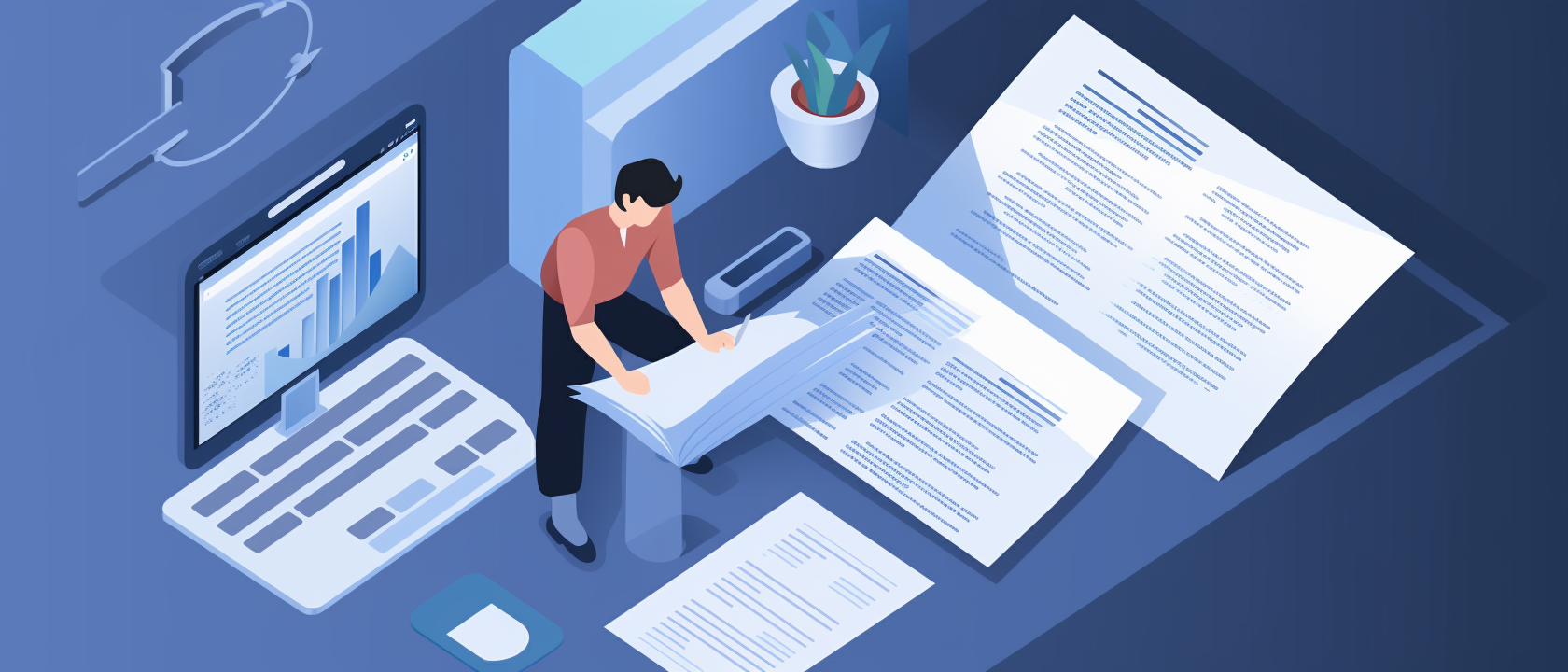
Table of Contents
- The FICO Resilience Index is a supplementary credit-scoring model designed to help lenders measure consumer ability to weather an economic downturn
- It was introduced in 2020 during the economic turmoil of the COVID-19 pandemic and is still in pilot status
- Lenders can pull your Resilience Index score and use it with your credit scores to consider you for loans or offer support in the event of financial hardship
- Critics argue that the FICO Resilience Index isn’t likely to qualify many more people for credit, as it relies on similar criteria to traditional FICO scores
Many consumers are familiar with FICO credit scores, which offer lenders a way to assess the risk of loaning money to credit applicants. However, fewer people have heard of the FICO Resilience Index, a relatively new tool designed to predict consumers’ ability to weather the storms of financial hardship.
With roughly a quarter of Americans holding fair or poor FICO credit scores, many find it difficult to qualify for credit. The Resilience Index is meant to supplement credit scores and offer a different angle for considering a borrower’s ability to repay a loan. Here’s a look at how this tool works, as well as some of its potential limitations.
The FICO Resilience Index Explained
The Fair Isaac Corporations (FICO) originally introduced the FICO Resilience Index in 2020 when the COVID-19 pandemic turned the economy upside-down. In light of the rising economic uncertainty, the model was built on data from before and after the Great Recession of 2007–2009 to provide a way to evaluate consumers’ financial readiness to endure a downturn.
The Resilience Index compares today’s consumer credit profiles to profiles from the recession, highlighting features of those who were well positioned to endure vs. those who ended up defaulting on loans. With this data, it generates a score of 1–99, with a lower score indicating greater economic resilience.
This is markedly different from the model used to calculate a FICO credit score. The FICO score relies solely on the data in a consumer’s credit report to determine their risk of defaulting on loans under any circumstance, not just during a downturn. It also ranges from 300 to 850, with higher scores indicating less risk as a borrower.
Monitor your credit with DollarGeek
It’s never been so simple.
How The Resilience Index Is Calculated
Although the Resilience Index differs from consumer credit scores, it does take into account many of the same criteria, such as amounts owed and new credit accounts. However, it puts special emphasis on the following factors:
- Credit mix: Consumers with a more balanced mix of revolving credit (like credit cards) and fixed-installment loans (like mortgages) tend to be better positioned to weather a downturn.
- Age of credit: Those with a longer history of managing active accounts tend to be more resilient.
- Number of active accounts: Having fewer active accounts correlates with more financial stability.
- Frequency of new credit applications: Applying for new credit too often is a sign of financial uncertainty.
- Payment history: A history of on-time payments usually indicates someone who can maintain payments even during difficult times.
What Resilience Index Scores Mean
FICO uses these criteria to give consumers an index score between 1 and 99, which breaks down as follows:
| FICO Resilience Score | Rating |
|---|---|
| 1–44 | Resilient |
| 45–59 | Moderate |
| 60–69 | Sensitive |
| 70–99 | Very Sensitive |
Currently, the Resilience Index is available as part of a pilot program for lenders to test. You can’t access your own Index score, but lenders can pull it with your credit score to use with it.
Thus far, there isn’t much data available to show how lenders are using the FICO Resilience Index to make decisions. According to FICO, however, the company expects lenders to use the Index with credit scores to evaluate credit applications and provide faster support to consumers with various solutions and programs before a downturn causes hardship.
Benefits And Drawbacks Of The FICO Resilience Index
The FICO Resilience Index is designed to help lenders view consumer credit profiles from another angle and provide support when a downturn is looming. In theory, this should benefit consumers by enabling some people to qualify for credit when they might otherwise not have. It should even provide people with added support in the face of economic uncertainty.
However, it remains to be seen whether that will prove true in practice. Critics have argued that consumers with poor credit — often disproportionately minorities — tend to carry high balances and have a history of late payments. These characteristics don’t bode well for credit scores or the FICO Resilience Index.
What This Means For You
The FICO Resilience Index is still quite new compared to long-standing credit-scoring models like FICO and VantageScores. If it works as planned, it may help more consumers get access to credit during times of economic hardship. For now, its role in the consumer credit landscape is still coming into focus.
Since the Resilience Index isn’t available to consumers, the best thing to do is keep up with your credit scores and practice good credit habits such as paying on time and keeping your balances low. These practices can only benefit your credit scores and put you in a stronger position to handle a recession, whenever the next one comes.
Frequently Asked Questions (FAQs)
What Is A Good FICO Resilience Index Score?
A FICO Resilience Index score of 44 or lower is considered resilient. That means you’re in a good position to pay your bills and stay financially afloat during a downturn.
What Is The Difference Between A FICO Score And A FICO Resilience Score?
The FICO Resilience Index is designed to measure your ability to manage your financial obligations when the economy is unstable. FICO scores measure your likelihood of paying back your debts based on recent credit history, regardless of the broader economic situation. The two use similar criteria but focus on different aspects of your credit history.
Can Lenders Use Both Your FICO Score And Your Resilience Score?
Yes, lenders can pull both scores when checking your credit.
Why Don’t I Have A FICO Resilience Index?
You might not have enough recent credit activity. To get a FICO Resilience Index, you must have one account opened for at least six months and at least one account that has reported to the credit bureaus within the past six months.
Find out more
- Smart Credit Repair Decisions – Tips for selecting the ideal credit repair company.
- Influences on Your Credit Score – Understanding what factors impact your credit score the most.
- Pursuing Excellent Credit – Strategies for achieving and maintaining a top-tier credit score.
- Advantages of Credit Monitoring – Explore the benefits of keeping a close eye on your credit.
- Credit Repair: A Comprehensive Guide – Everything you need to know about fixing your credit.
- Raising the Credit Floor – How to improve from the lowest credit score.
- Cost-Efficient Credit Repair – Balancing the costs and benefits of credit repair.
- Refreshing Your Credit History – Update and maintain the accuracy of your credit report.










